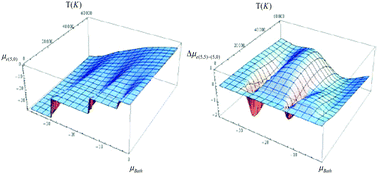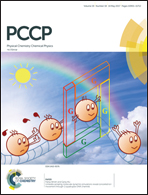Going beyond the three-state ensemble model: the electronic chemical potential and Fukui function for the general case
Abstract
Making use of the grand canonical ensemble the derivation of the analytical equations for the chemical potential and the Fukui function in the general case of any number of ground and excited states is presented. The expressions thus obtained allow one to establish that the ensemble of three consecutive ground states that has been usually used to analyze the effects of temperature in these quantities provides a satisfactory description for them at temperatures of chemical interest. Nevertheless, some situations must be considered cautiously, as for example, when the N + k and N + k + 1 (N is the electron number) ground states are (nearly) quasidegenerate or when the first excited state of both the anion and the cation (with respect to the reference state) is very low in energy. Results for the copper atom (with the ground state of Cu+ as the reference state), using some selected ensemble models constituted by several ground and excited states, are presented to show that the very low-lying excited states of some of the copper species are able to contribute to chemical reactivity at relatively low temperatures (∼2000 K). A relevant aspect is that due to its generality, the present approach provides a new way to study the reactivity of the chemical species under extreme conditions.



 Please wait while we load your content...
Please wait while we load your content...